Table of Contents
Introduction
Plumbing issues can be a real headache for homeowners and businesses alike. From pesky clogs to costly leaks, maintaining a functional plumbing system is crucial for the comfort and safety of any building. However, there’s a secret weapon in the fight against plumbing woes that many people overlook: bidets. These humble bathroom fixtures not only provide a hygienic alternative to toilet paper but can also play a significant role in reducing plumbing issues. In this article, we’ll explore the impact of bidets on plumbing and why they’re becoming increasingly popular worldwide.
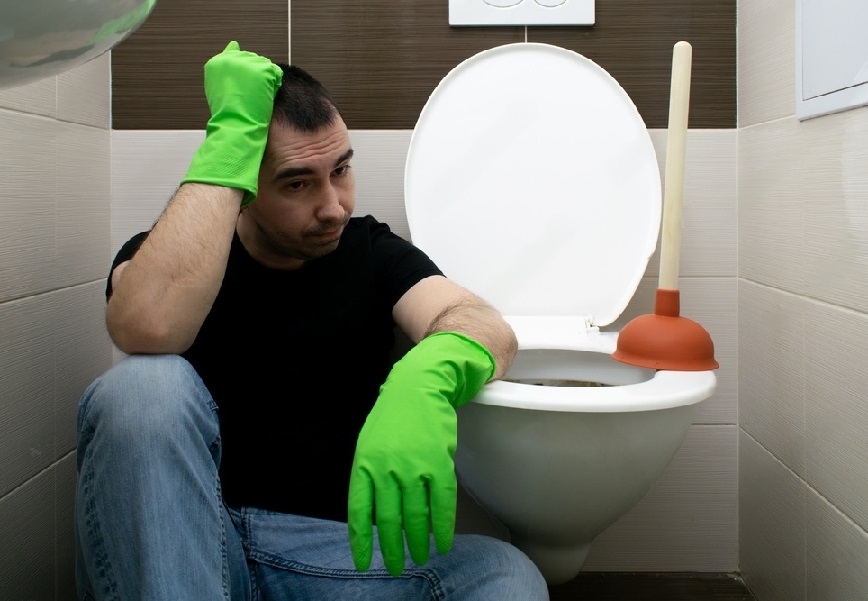
Understanding Bidets
Definition and Types of Bidets
What is a Bidet?
A bidet is a bathroom fixture designed to clean the genital and anal areas after using the toilet. It looks like a low sink or basin and typically sits next to the toilet. Instead of using toilet paper, bidets use water to cleanse, providing a more hygienic alternative.
Types of Bidets
Standalone Bidets
These are separate fixtures installed next to the toilet. They resemble a small, low sink and often come with a faucet or spray nozzle for cleansing.
Bidet Toilet Seats
These are seats that can be attached to existing toilets, transforming them into bidets. They feature built-in water jets or sprays for cleansing and may include additional features like heated seats or air dryers.
Handheld Bidet Sprayers
Also known as bidet sprayers or shattafs, these are handheld devices with a nozzle attached to a flexible hose. They can be installed next to the toilet and are operated by hand, allowing for precise control over the water flow and direction.
Each type of bidet offers its own set of features and benefits, allowing users to choose the option that best suits their preferences and needs. Whether it’s the traditional standalone bidet, the convenient bidet toilet seat, or the versatile handheld bidet sprayer, bidets provide a more comfortable and effective way to stay clean after using the toilet.
Functionality and Benefits
How Do Bidets Work?
Bidets function by spraying water onto the genital and anal areas to cleanse them after using the toilet. This process eliminates the need for toilet paper and provides a more thorough and hygienic cleaning experience. The water pressure and temperature can usually be adjusted to suit individual preferences.
Benefits of Using a Bidet
Improved Hygiene:
Bidets offer a more effective way to clean oneself after using the toilet compared to using toilet paper alone. The water helps to remove bacteria and other contaminants, leaving the user feeling fresh and clean.
Reduced Irritation
For individuals with sensitive skin or conditions like hemorrhoids, using toilet paper can be irritating and uncomfortable. Bidets provide a gentle and soothing alternative that minimizes friction and irritation.
Environmental Sustainability
By reducing the reliance on toilet paper, bidets help to conserve trees and reduce paper waste. This is particularly important given the environmental impact of toilet paper production and disposal.
Cost Savings
While the initial cost of installing a bidet may be higher than purchasing toilet paper, the long-term savings can be significant. Bidets reduce the need for toilet paper, saving money on paper purchases and reducing the frequency of clogs and plumbing issues.
Accessibility
Bidets are especially beneficial for individuals with mobility issues or disabilities, as they provide a more convenient and dignified way to maintain personal hygiene. Bidet toilet seats with features like heated seats and remote controls can make using the bathroom more comfortable for people with limited mobility.
Rising Popularity and Adoption Worldwide
While bidets have long been popular in certain parts of the world, such as Europe and Asia, they have historically been less common in other regions, including North America. However, that’s starting to change as more people recognize the benefits of bidet use. In recent years, there has been a significant increase in the adoption of bidets in the United States and other Western countries, driven by factors such as growing awareness of hygiene issues and concerns about environmental sustainability.
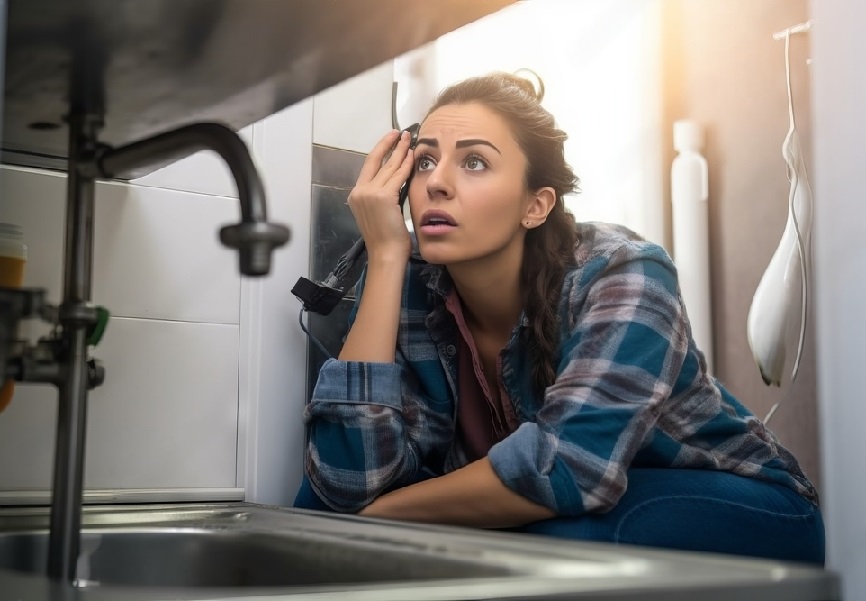
Common Plumbing Issues
Clogging and Blockages
Clogging and blockages in toilets and drainage systems are common plumbing issues that can cause inconvenience and frustration for homeowners. These problems occur when material, such as toilet paper, waste, or foreign objects, becomes trapped in the pipes, preventing proper drainage and flow.
Causes of Clogs and Blockages
Excessive Toilet Paper Usage
One of the primary causes of clogs is the excessive use of toilet paper. When too much toilet paper is flushed down the toilet at once, it can accumulate in the pipes and create blockages.
Flushed Foreign Objects
Flushing items other than toilet paper down the toilet, such as sanitary products, wipes, or cotton balls, can also lead to clogs. These items do not break down as easily as toilet paper and can get stuck in the pipes.
Buildup of Waste and Debris
Over time, waste and debris can accumulate in the pipes, narrowing the passageway and making it more likely for clogs to occur. This buildup can be exacerbated by factors like poor water flow or improper disposal of food scraps or grease.
Impact of Clogs and Blockages
Toilet Backup
When a toilet becomes clogged, it may overflow, causing water and waste to spill onto the bathroom floor. This can create a messy and unsanitary situation that requires immediate attention and cleanup.
Slow Drainage
Clogs in drainage pipes can also lead to slow drainage or standing water in sinks, showers, or bathtubs. This can be frustrating and inconvenient, especially in households with multiple occupants or limited bathroom facilities.
Damage to Plumbing System
If left untreated, clogs and blockages can put strain on the plumbing system, leading to leaks, burst pipes, or other plumbing emergencies. These issues can cause extensive damage to the home and require costly repairs.
Pipe Corrosion and Leaks
Another frequent plumbing problem is pipe corrosion and leaks. Over time, pipes can deteriorate due to factors such as age, water quality, and chemical exposure. This can lead to leaks, which not only waste water but can also cause damage to walls, floors, and other structural components of a building.
Environmental Impact of Plumbing Issues
In addition to being a nuisance for homeowners, plumbing issues also have significant environmental implications. From clogged pipes to leaks, these problems can have far-reaching consequences for ecosystems and water resources.
Clogged Pipes and Sewage Overflows
Clogged pipes can lead to sewage backups and overflows, posing serious risks to public health and the environment. When sewage spills into waterways, it can contaminate the water and introduce harmful pathogens and pollutants. This can have devastating effects on aquatic life, as well as on humans who rely on the water for drinking, swimming, and recreation.
Leakage and Water Scarcity
Leaks in plumbing systems waste valuable freshwater resources and contribute to water scarcity issues, especially in regions experiencing drought conditions. Every drop of water that leaks from a pipe is water that could have been used for drinking, irrigation, or other essential purposes. In addition to wasting water, leaks can also cause damage to property and infrastructure, further exacerbating the environmental impact.
Environmental Contamination
In addition to sewage contamination, plumbing issues can also lead to environmental contamination from chemicals and pollutants. For example, leaks from pipes carrying industrial wastewater or household chemicals can introduce toxic substances into the environment, endangering both human health and wildlife. These contaminants can persist in the environment for years, causing long-term harm to ecosystems and communities.
Ecosystem Impact
The impact of plumbing issues extends beyond individual homes and buildings to affect entire ecosystems. Contaminated waterways can harm aquatic plants and animals, disrupt food chains, and degrade habitat quality. In turn, these effects can ripple through ecosystems, leading to declines in biodiversity and ecosystem services that are vital for human well-being.
Addressing the Environmental Impact
To address the environmental impact of plumbing issues, it’s crucial to take proactive measures to prevent and mitigate problems. This includes investing in infrastructure upgrades to reduce the risk of clogs, leaks, and sewage overflows, as well as implementing water conservation measures to reduce water waste. Additionally, public education and outreach efforts can raise awareness about the importance of proper plumbing maintenance and the role that individuals can play in protecting the environment.
Cost Implications for Homeowners and Businesses
Plumbing problems can also take a toll on the wallet. From the cost of repairs and maintenance to the expenses associated with water damage restoration, dealing with plumbing issues can quickly add up. For businesses, plumbing problems can disrupt operations and lead to lost productivity, not to mention potential damage to inventory and equipment.

Bidets as a Solution
Reduced Toilet Paper Usage
One of the key benefits of bidets is their ability to reduce toilet paper usage. By providing a more thorough cleaning experience, bidets minimize the need for excessive wiping, thus saving both money and resources. This not only benefits the environment by reducing paper waste but also reduces the risk of clogs and blockages in the plumbing system.
Lower Risk of Clogs and Blockages
Bidets can also help prevent clogs and blockages in the toilet and drainage pipes. Because bidets use water to cleanse the anal and genital areas, there is less reliance on toilet paper, which can easily become trapped in the pipes and contribute to clogs. By minimizing the amount of material flushed down the toilet, bidets help keep the plumbing system running smoothly.
Less Strain on Plumbing Infrastructure
By reducing the frequency of clogs and blockages, bidets also help alleviate strain on the plumbing infrastructure. Over time, excessive flushing of toilet paper and other materials can lead to wear and tear on pipes and fixtures, increasing the likelihood of leaks and other plumbing problems. Bidets offer a gentler alternative that is less taxing on the plumbing system.
Potential for Lower Water Usage Compared to Traditional Toilets
Contrary to popular belief, bidets can actually be more water-efficient than traditional toilets. While bidets do require water to operate, the amount used per use is typically much less than the amount of water needed to manufacture, transport, and dispose of toilet paper. Additionally, some modern bidet models are equipped with features such as adjustable water pressure and temperature control, allowing users to customize their experience while minimizing water usage.
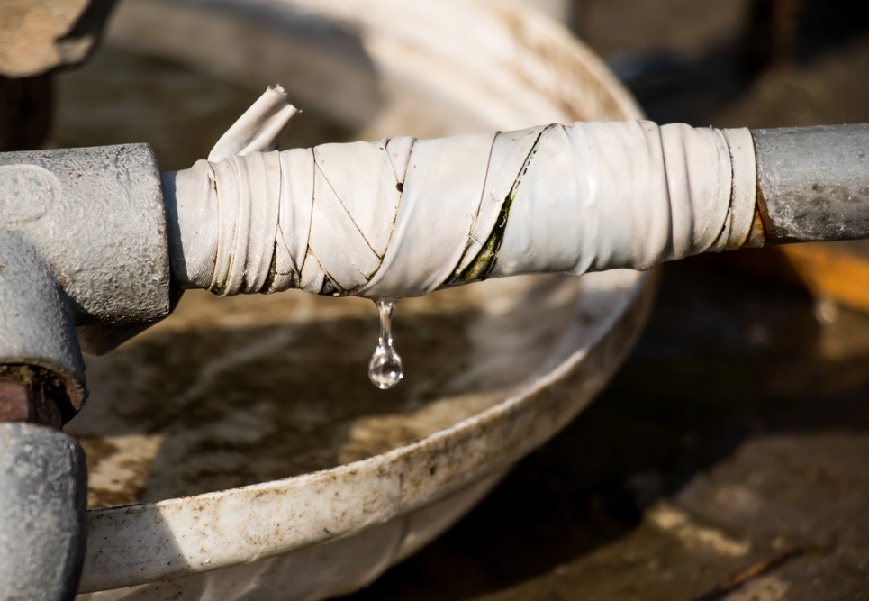
Case Studies and Research
Examples of Communities or Countries with Widespread Bidet Use and Their Plumbing Outcomes
There are numerous examples of communities and countries where bidet use is widespread, and the plumbing outcomes speak for themselves. In Japan, for instance, bidets have been a staple in households for decades, and the country boasts some of the most advanced plumbing infrastructure in the world. As a result, Japan experiences fewer plumbing issues related to clogs, leaks, and other common problems compared to many Western countries.
Comparative Studies on Plumbing Issues Between Bidet Users and Non-Users
Numerous studies have been conducted to compare the plumbing issues experienced by bidet users and non-users. In general, these studies have found that bidet users tend to have fewer plumbing problems, such as clogs and blockages, compared to non-users. This is likely due to the fact that bidets reduce the amount of material flushed down the toilet, thereby decreasing the risk of pipe obstructions.
Testimonials from Homeowners or Businesses
Many homeowners and businesses have also experienced firsthand the positive impact of bidets on plumbing. From fewer clogs and blockages to lower water bills, the benefits of bidet use are often cited as reasons for making the switch. Testimonials from satisfied customers serve as further evidence of the effectiveness of bidets in reducing plumbing issues.
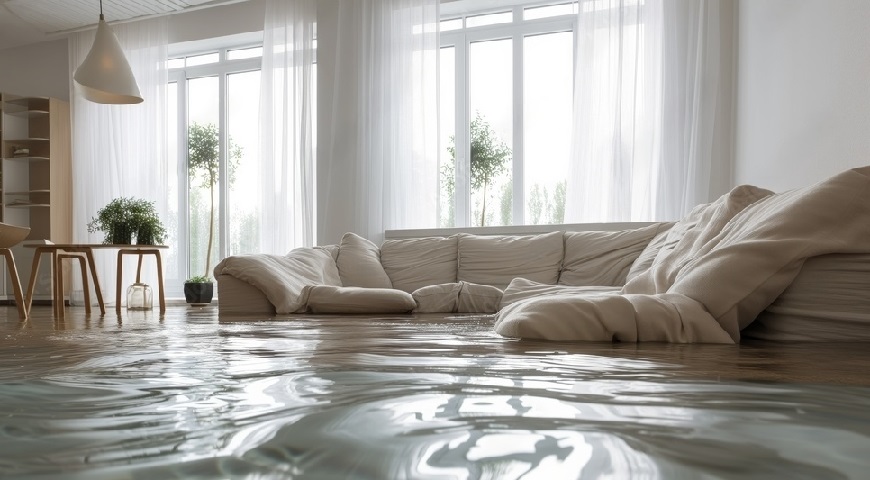
Environmental and Economic Implications
Reduction in Toilet Paper Consumption and Its Environmental Impact
One of the most significant environmental benefits of bidets is their ability to reduce toilet paper consumption. Each year, billions of trees are cut down to produce toilet paper, contributing to deforestation and habitat loss. By using bidets instead of toilet paper, individuals can help conserve trees and reduce their environmental footprint.
Cost Savings for Homeowners and Businesses
In addition to the environmental benefits, bidets also offer cost savings for homeowners and businesses. While the initial investment in a bidet may be higher than the cost of traditional toilet paper, the long-term savings can be substantial. By reducing the frequency of plumbing issues and the need for toilet paper, bidets can help lower water bills and maintenance expenses over time.
Long-Term Sustainability of Plumbing Infrastructure
Perhaps most importantly, bidets contribute to the long-term sustainability of plumbing infrastructure. By minimizing the strain on pipes and fixtures, bidets help extend the lifespan of the plumbing system, reducing the need for costly repairs and replacements. This not only saves money but also conserves resources and promotes a more sustainable approach to water management.
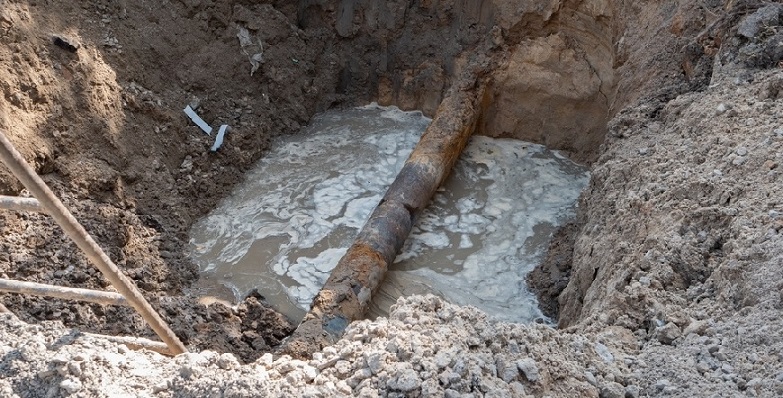
Challenges and Considerations
Initial Cost and Installation Challenges
One of the main challenges associated with bidets is the initial cost and installation process. While basic bidet attachments can be relatively affordable, more advanced models with additional features can be quite expensive. Additionally, installing a bidet may require modifications to the existing plumbing and electrical systems, which can add to the overall cost and complexity.
Cultural Barriers and Misconceptions Surrounding Bidet Use
In some regions, bidets are still viewed with skepticism or confusion due to cultural barriers and misconceptions. Some people may be hesitant to try bidets because they are unfamiliar with how they work or believe they are unsanitary. Educating the public about the benefits of bidets and dispelling common myths can help overcome these barriers and promote wider acceptance of bidet use.
Maintenance Requirements and Potential Issues with Bidet Units
Like any plumbing fixture, bidets require regular maintenance to ensure optimal performance and longevity. This may include cleaning the bidet nozzle, checking for leaks, and replacing any worn or damaged parts. Additionally, bidet units with electronic components may be susceptible to malfunctions or technical issues over time, requiring repair or replacement.

Future Outlook
Potential for Increased Bidet Adoption Globally
Despite the challenges, the future looks promising for bidet adoption worldwide. As more people become aware of the benefits of bidets for personal hygiene, environmental sustainability, and plumbing maintenance, demand for these fixtures is likely to continue growing. Manufacturers are also innovating new designs and features to make bidets more accessible and appealing to a wider audience.
Technological Advancements in Bidet Design and Functionality
Advances in technology are driving innovation in bidet design and functionality. Modern bidet models are equipped with a range of features, including adjustable water pressure, heated seats, and built-in air dryers. Some models even incorporate smart technology, allowing users to control their bidet settings remotely via smartphone apps. These advancements are making bidets more user-friendly and customizable than ever before.
Implications for the Future of Plumbing Infrastructure and Sustainability
Looking ahead, bidets have the potential to play a significant role in shaping the future of plumbing infrastructure and sustainability. By reducing the frequency of plumbing issues and promoting water conservation, bidets can help create more resilient and environmentally friendly plumbing systems. As the world grapples with challenges such as water scarcity and climate change, the importance of sustainable water management practices cannot be overstated, and bidets are poised to be a key part of the solution.
Conclusion
In conclusion, bidets have the potential to revolutionize the way we think about personal hygiene, plumbing maintenance, and environmental sustainability. By providing a more hygienic and efficient alternative to toilet paper, bidets can help reduce the frequency of plumbing issues such as clogs, leaks, and pipe corrosion. Additionally, bidets offer environmental benefits by conserving water and reducing paper waste. While there are challenges to overcome, such as cultural barriers and installation costs, the future looks bright for bidets as more people recognize their value and embrace them as a vital component of a modern and sustainable bathroom.
